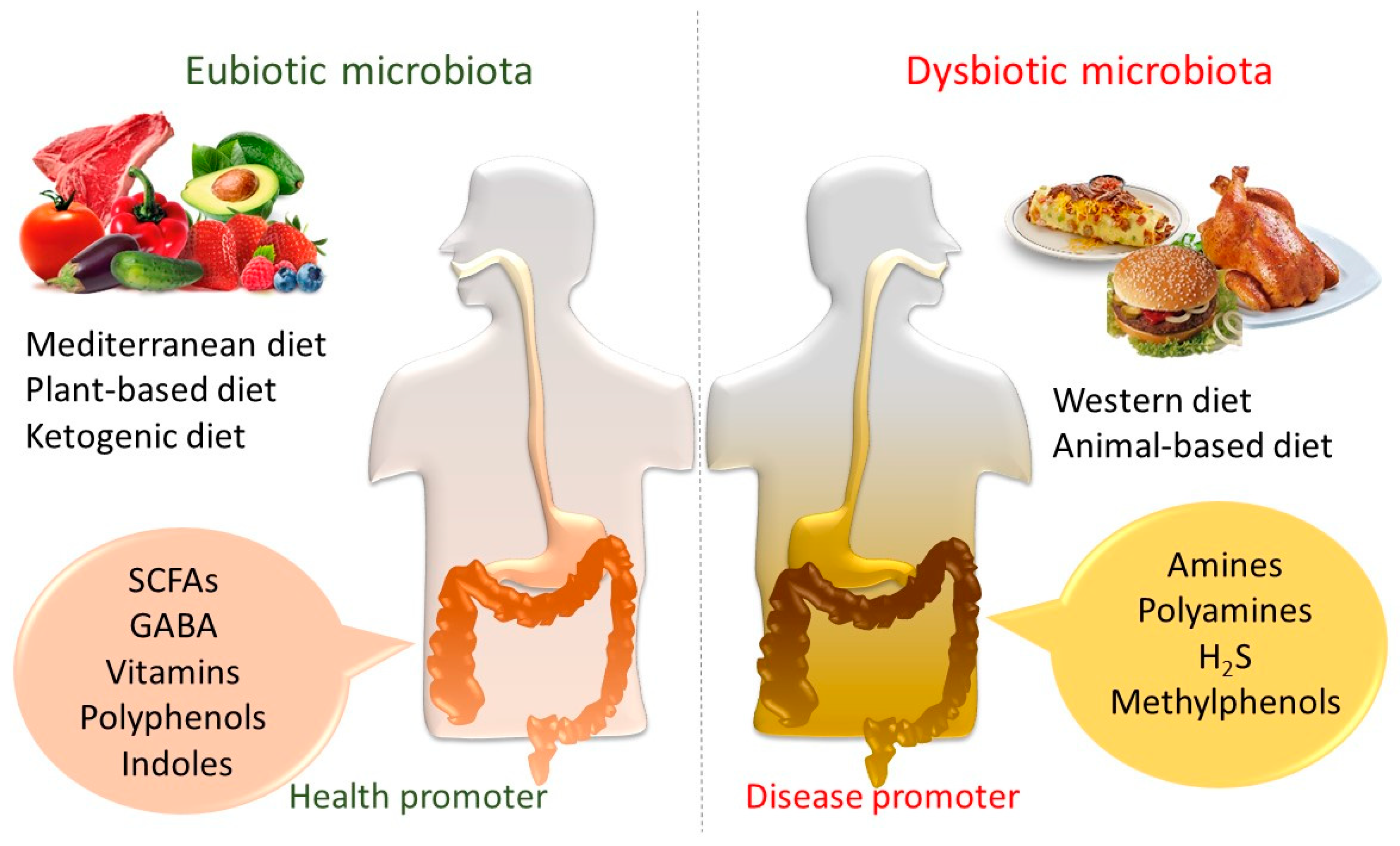Here is the link to the podcast I’ll be reviewing today: https://podcasts.apple.com/us/podcast/zoe-science-nutrition/id1611216298?i=1000640533762
This podcast episode deals with the health ramifications of inflammation, which are a byproduct of our gut health. Going into this episode, I have little knowledge of what the general term of “inflammation” meant. Going off of the last episode I reviewed on gut inflammation, I am assuming that it relates to inefficient digestion and discomfort that comes with eating unhealthy foods. With that being said, the first minute of the podcast alerted me that inflammation can cause serious health conditions like diabetes, heart disease, and cancer. Though inflammation is a general term for the body, much of it does in fact come from the gut, which we can control through our diets.

As defined by Dr Bulsiewicz (guest speaker), inflammation occurs when the body’s immune system is at work in response to potentially threatening conditions. From an evolutionary standpoint, acute inflammation is very important for our body’s safety. However, long term inflammation occurs when the body’s baseline state becomes inflammation, or an overactive immune system.
Too much inflammation causes problems when the body attacks itself, thinking that its fighting off threats. This can cause not only bowel and skin diseases but various auto-immune diseases that can become life-threatening. In fact, the top killers in the US such as coronary artery disease, diabetes, obesity, and various cancers can all be considered inflammatory diseases.
Because our society has improved healthcare, inflammation can be attributed more to food and our environment rather than disease. In a study of people who ate sugar- or fat-rich diets, their amount of inflammatory markers (signs in the blood that the immune system is activated) increased greatly after meals. Specifically, spikes in sugar and fat in the blood can put the body under stress, causing the body to release inflammatory chemicals. Over time, an excess of sugar and fat in the blood can cause plaque buildup in the arteries, also known as atherosclerosis, a long term instance of inflammation listed above. This can be due to genetic predispositions or past eating habits that condition the body to respond aggressively to processed foods. However, gut microbes can mitigate this effect by playing a role in the digestion process.

Gut microbes are responsible for creating a strong gut barrier and keeping our bodies safe. The gut barrier serves as a one-layer filter between all the bacteria in the gut and the immune system. In other word, this place is where our body interacts with the outside world the most, and the gut microbes are responsible for filtering the outside nutrients that our body will then ingest. Healthy gut microbes are essential for keeping our body healthy, and healthy foods are essential for the longevity of the microbes. Accordingly, consumption of whole, healthy foods is paramount for keeping our gut healthy and our bloodstream free from fat and sugar spikes, ultimately promoting a functioning immune system.













